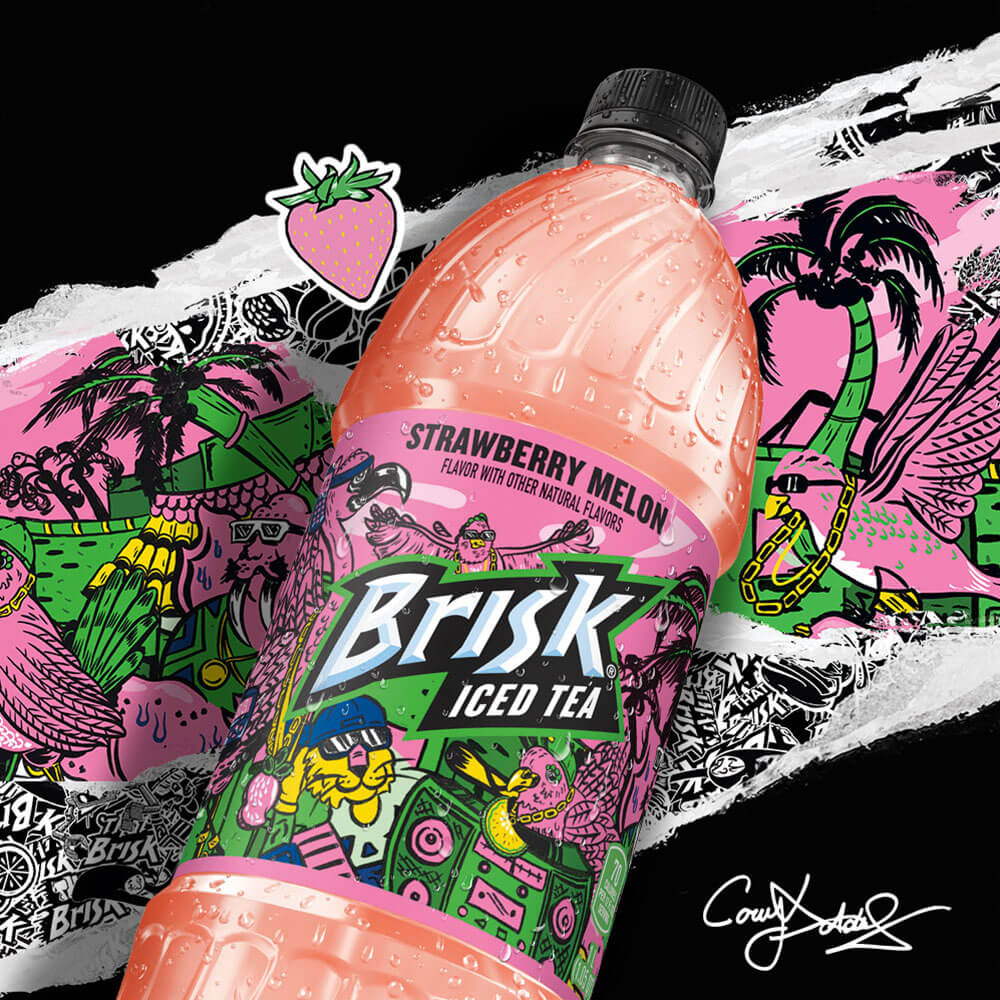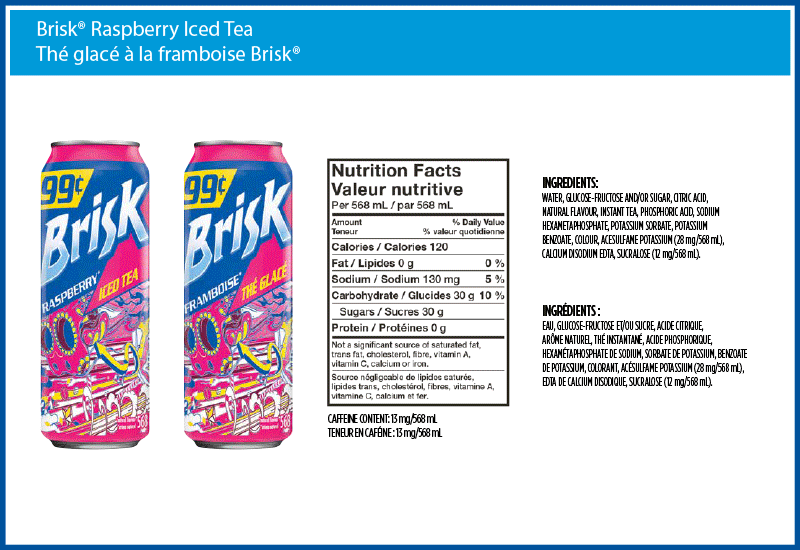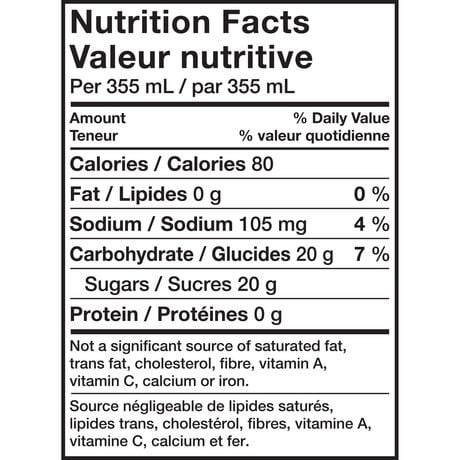

These two options are similar in nutritional value and taste ( 12, 13). The least healthy options are orange-flavored drinks that contain only a small percentage of real juice, along with several additives like high-fructose corn syrup and yellow food coloring.Ī healthier choice is 100% orange juice - whether it’s made from frozen orange juice concentrate or never frozen. Therefore, many people opt to buy orange juice from the supermarket.

The healthiest type of orange juice is the kind you fresh-squeeze at home - but that can be time-consuming. Their vitamin and mineral content is similar, but juice loses some vitamins and beneficial plant compounds during processing and storage. SummaryĪn 8-ounce (240-ml) serving of orange juice has about twice the calories and sugar of a whole orange. What’s more, one study found that - compared to unprocessed orange juice - pasteurized orange juice had 26% less antioxidant activity immediately after heat processing and 67% less antioxidant activity after about a month in storage ( 2). Some of these are reduced during orange juice processing and storage ( 1, 4, 11). Though not listed on nutrition labels, oranges and orange juice are also rich in flavonoids and other beneficial plant compounds. For example, in one study, store-bought orange juice had 15% less vitamin C and 27% less folate than home-squeezed orange juice ( 4). However, juice would be even higher in these nutrients if some weren’t lost during processing and storage. Both are excellent sources of vitamin C - which supports immune health - and a good source of folate - which helps reduce the risk of certain birth defects in pregnancy ( 9, 10). It undergoes complex, multi-step processing and can be stored in large tanks for up to a year before being packaged for sale in stores.Īs you can see, the nutrient content of whole oranges and juice is similar. Supermarket orange juice isn’t the simple product it may appear to be. Pulp, which undergoes further processing after extraction, is added back to some juices ( 1). Some of them are later added back to the juice from carefully blended flavor packs ( 5).įinally, before packaging, juice from oranges harvested at different times may be mixed to help minimize variations in quality. Unfortunately, these processes also remove compounds that provide aroma and flavor.

Juice to be stored as frozen concentrate is evaporated to remove most of the water ( 4). Next, some of the oxygen is removed, which helps reduce oxidative damage to vitamin C during storage. The juice is heat-pasteurized to inactivate enzymes and kill microbes that could otherwise cause deterioration and spoilage ( 1, 2, 3). Rather, they’re produced through a multi-step, rigorously controlled process, and the juice can be stored in large tanks for up to a year before packaging.įirst, oranges are washed and squeezed by a machine. Most store-bought types of orange juice aren’t made by simply squeezing fresh-picked oranges and pouring the juice into bottles or cartons.


 0 kommentar(er)
0 kommentar(er)
